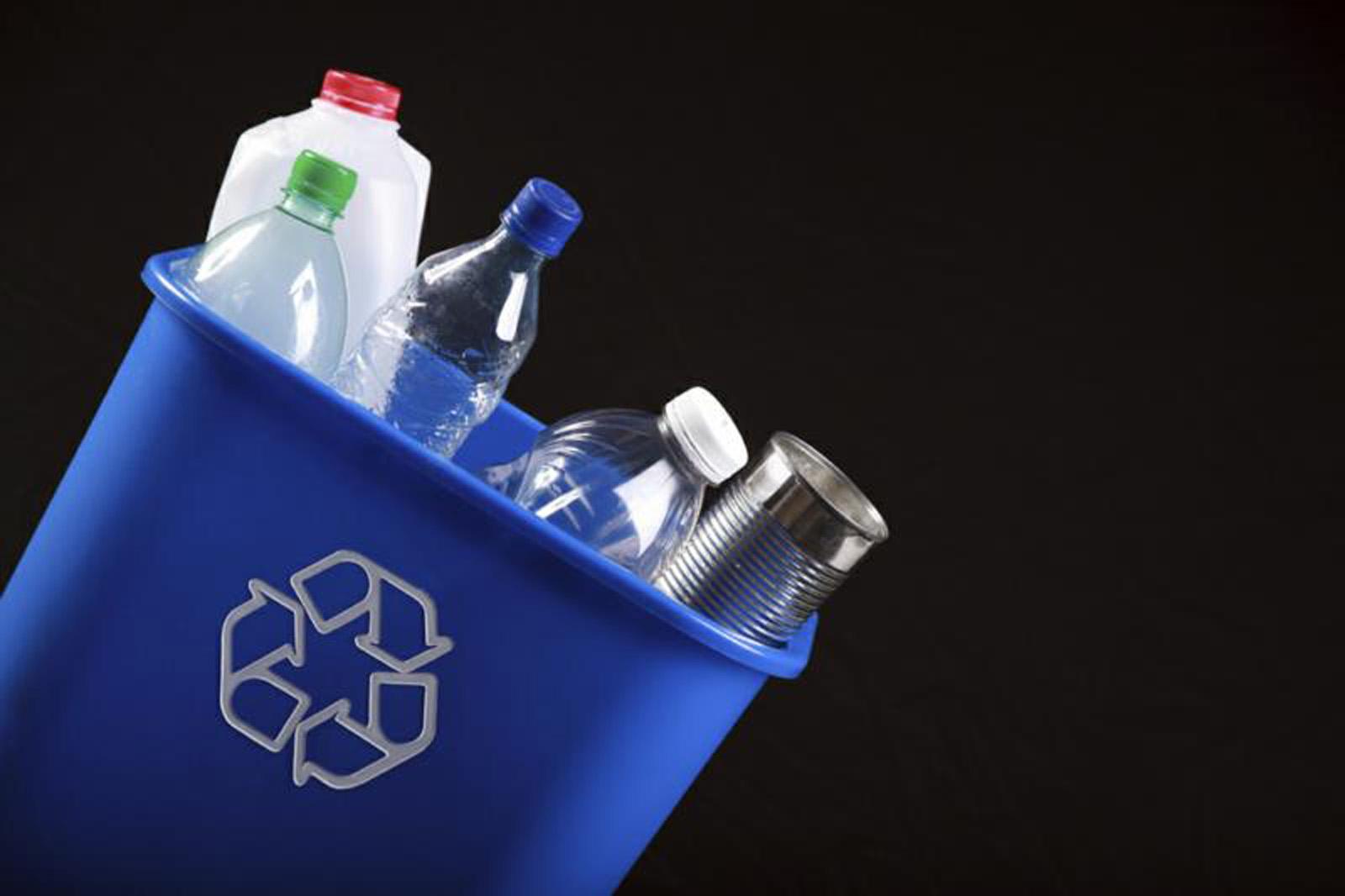Plastics have become an integral part of our daily lives. From food packaging to clothing to electronics, plastics are ubiquitous in the modern world. However, the exponential growth in plastic production and consumption over the past few decades has created a massive waste problem that threatens both the environment and human health. One promising solution is to increase our use of recycled plastics.
The Plastic Waste Crisis
It is estimated that over 8 billion metric tons of plastic have been produced worldwide since the 1950s. A large portion of this plastic ends up as waste. According to research, only 9% of all plastics ever produced have been recycled, with 12% being incinerated and 79% accumulating in landfills or the natural environment. If we continue producing and disposing of plastics in this manner, there will be more plastic than fish in the oceans by weight by 2050.
Plastic waste poses severe threats to biodiversity and human well-being. Animals often mistake plastic for food and die of starvation or intestinal blockage. Microplastics from degraded plastic waste have contaminated oceans, freshwater systems and even remote Arctic regions. Studies show plastic-ingesting seabirds have reduced reproductive rates, while microplastics are entering the human food chain via seafood. There are also concerns about chemicals leaching from plastic into environments. Clearly, we need to address this mounting crisis by reducing plastic waste and increasing recycling and reuse.
Benefits of Recycled Plastics
Recycled Plastics provides both environmental and economic benefits. It reduces the need for new plastic production, thereby lowering fossil fuel usage and greenhouse gas emissions from the manufacturing process. Using recycled resins instead of virgin plastics can decrease energy needs by almost 70%. It also cuts down on plastic landfill space and prevents plastic waste from polluting the environment.
From an industrial perspective, recycled plastics serve as a valuable raw material resource. Post-consumer recycled plastics are economically competitive feedstock for manufacturing new plastic products like clothing, carpets, storage containers and more. Demand for recycled plastics is growing as companies adopt sustainable practices and laws mandate use of recycled content. This creates and jobs in plastic collection and recycling industries.
Recycled plastics are also often of similar quality to virgin resins. Advanced sorting and cleaning technologies allow production of food-grade recycled plastics suitable for applications like bottles and packaging. Closed-loop recycling, where a product is recycled into similar new products, helps sustain plastic material values over multiple life cycles. With innovation, recycled plastics offer a viable solution to plastic waste accumulation.
Challenges to Increased Recycling
Despite the clear benefits, plastic recycling rates remain disappointingly low globally. There are several challenges hindering more widespread adoption of recycled plastics.
Collection infrastructure needs to expand to remote areas so that all plastic waste streams have viable collection options. Most plastic products today still are not designed with end-of-life recyclability in mind, which complicates sorting and reprocessing. Contamination of recyclables during collection is another problem. Regulations and standards for food-grade recycled resins also differ internationally, creating barriers.
Public awareness and participation in recycling programs require increased education. Many people are still confused about which plastics can be recycled. Lack of clarity on labels and symbols adds to this problem. There are also misconceptions around cleanliness issues with recycled plastics that limit their acceptance.
Economic obstacles exist as well. Recycled plastic commodity prices fluctuate depending on oil prices, creating uncertainty for industrial buyers and investors. Infrastructure and operational costs for collection centers and recycling plants remains high compared to new plastic production or waste disposal in some regions. Incentives are needed to overcome these financial challenges during initial development phases.
Coordinated Efforts Towards a Solution
Overcoming barriers to boost plastic recycling and drive a circular plastic economy will require coordinated actions across many stakeholders. Governments need supportive policy frameworks like subsidies, minimum recycled content mandates and extended producer responsibility programs to incentivize sustained investments.
Standardization bodies can help by developing globally recognized labels and symbols for plastic recyclability. Manufacturers must incorporate recyclability and use of recycled content into product design from the beginning. Innovations in sorting technologies, chemical recycling methods and new applications for recycled plastics can also help overcome existing technological barriers.
Crucial to success is engagement of citizens through public awareness campaigns explaining the critical need for and proper methods of plastic recycling. Consistent collection programs alongside processing infrastructure expansion will enable high plastic waste collection rates. Collaborations between governments, corporations, entrepreneurs and communities are necessary to build sustainable recycling supply chains.
With a multi-pronged approach, the increasing demand for recycled plastics can be met. This will keep valuable plastic material in use longer while simultaneously addressing the mounting crisis of plastic waste worldwide. Recycled plastics present a viable solution to make plastic production truly sustainable and circular for our planet.
For more details on the report, Read- https://www.marketwebjournal.com/recycled-plastics-trends-size-and-share-analysis/
Get more insights on this topic: https://coolbio.org/understanding-human-embryonic-stem-cells/
